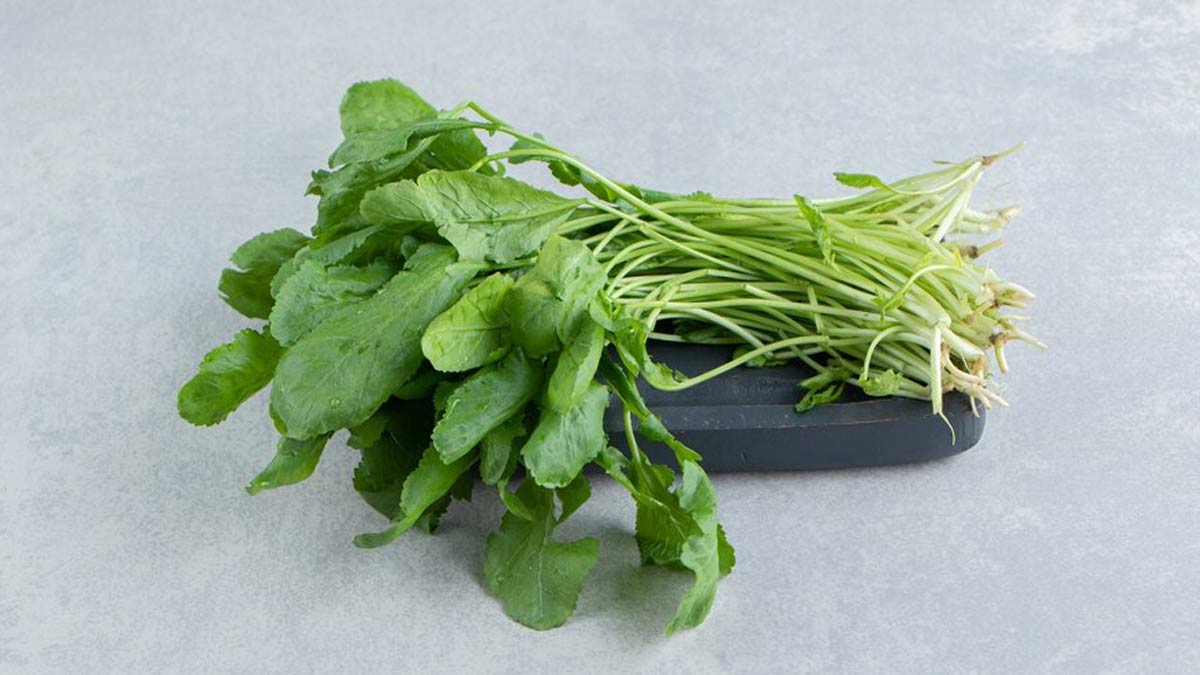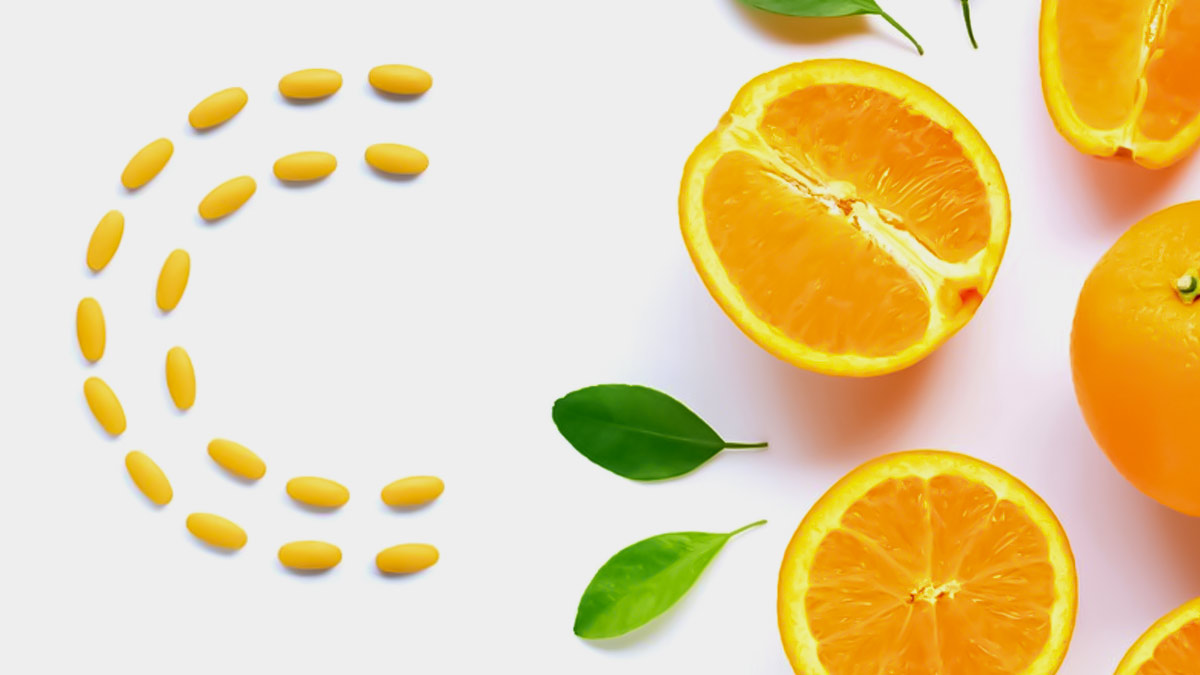
Watercress, famed for its brilliant green leaves and peppery flavour, is actually a vegetable. This aquatic plant is from the Brassicaceae family, which also contains broccoli, kale, and mustard greens. It is an old green that may have been a staple in the diet of Roman troops. Its growing popularity stems in part from increased awareness of its high nutritional content.
Table of Content:-
Watercress ranks first on the US Centres for Disease Control's Powerhouse Fruits and Vegetables list. Beyond its delicious flavour, watercress is high in key nutrients, making it an important part of a healthy diet.

Also read: Lustrous Locks: The Correct Way to Use Rice Water for Healthy Hair
Nutrient-Rich Profile
As per WebMd, watercress is an excellent source of vitamins A, C, and K. These vitamins play crucial roles in maintaining healthy skin, boosting the immune system, and supporting blood clotting. It is also rich in minerals such as calcium, iron, and manganese, watercress contributes to bone health, oxygen transport, and various metabolic functions.
Antioxidants
Loaded with antioxidants like beta-carotene and quercetin, watercress helps combat oxidative stress, reducing the risk of chronic diseases and supporting overall well-being.
Phytonutrients
Watercress contains phytonutrients, including glucosinolates, which have been associated with potential anticancer properties and detoxification support.
Health Benefits of Watercress
Supports Cardiovascular Health
According to the National Library of Medicine, watercress includes the antioxidants beta-carotene, zeaxanthin, and lutein. Low levels of these carotenoids are connected with cardiovascular disease and high blood pressure.
The high content of vitamins A and C, along with antioxidants, contributes to cardiovascular health by reducing inflammation and protecting blood vessels from damage.
Bone Health
Calcium and vitamin K in watercress play essential roles in bone health, promoting bone density and reducing the risk of osteoporosis.
Boosts Immune Function
The combination of vitamins C and A supports the immune system, helping the body fend off infections and illnesses. And with its high water content, incorporating watercress into your diet helps contribute to overall hydration, supporting various bodily functions.
Anti-Inflammatory Properties
The presence of antioxidants, including quercetin, provides anti-inflammatory benefits, potentially reducing the risk of chronic inflammatory conditions.
It Helps To Detoxify
Compounds like glucosinolates in watercress may aid in the detoxification process by supporting the liver's ability to neutralise and eliminate harmful substances.
Eye Health
Vitamin A is essential for maintaining healthy eyes, and watercress provides a significant amount of this vitamin, contributing to vision protection and reducing the risk of age-related macular degeneration.

Also read: Achieving Healthy Skin: What is Japanese Water Therapy And How Does It Benefit Your Skin?
Incorporating Watercress into Your Diet
- Add fresh watercress leaves to salads for a peppery kick and a nutrient boost.
- Use watercress as a flavorful and nutritious addition to sandwiches and wraps.
- Enhance the nutritional content of soups and stews by incorporating watercress during cooking.
- Create a vibrant watercress pesto to use as a sauce for pasta, vegetables, or as a flavorful spread.
Watercress is not just a vegetable; it's a nutritional powerhouse that can contribute to various aspects of your health. Its rich combination of vitamins, minerals, antioxidants, and phytonutrients makes it a valuable addition to a well-balanced diet. Whether you enjoy it in salads, sandwiches, or blended into smoothies, incorporating watercress into your meals allows you to savour its unique flavour while reaping the numerous health benefits it offers.
Also watch this video
How we keep this article up to date:
We work with experts and keep a close eye on the latest in health and wellness. Whenever there is a new research or helpful information, we update our articles with accurate and useful advice.
Current Version